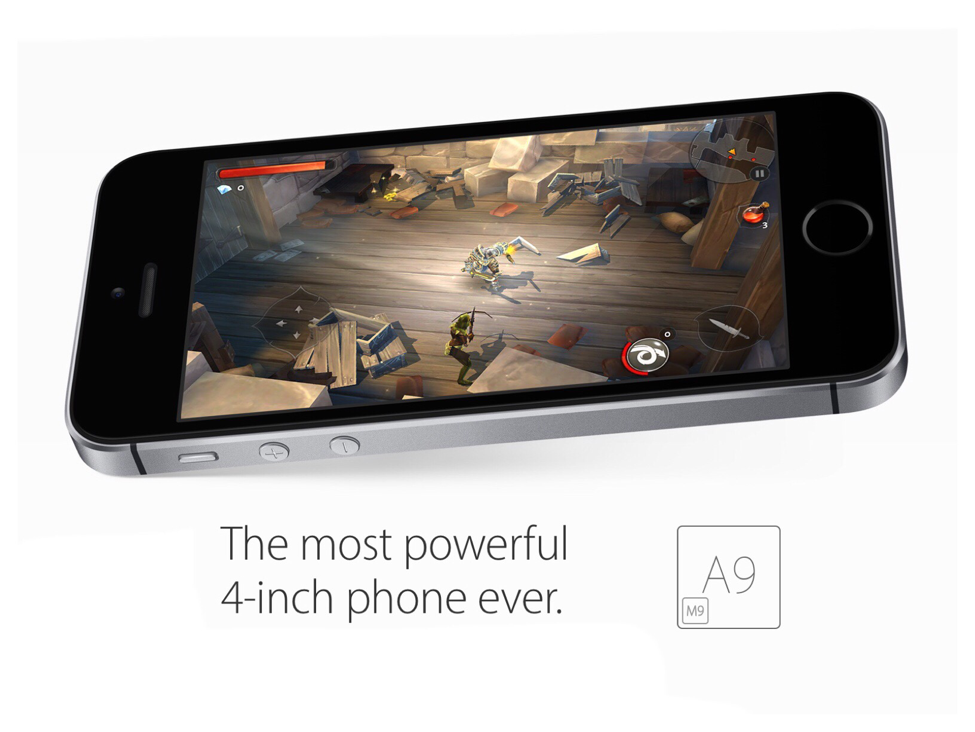It’s not a given that higher margin sales on a shrinking product line is necessarily the best route. From an investors standpoint you are concerned with profit per share, not just margin. If Apple loses too much iPhone volume because they didn’t update the SE they would have been better off by updating the components.
High margins on legacy products like the iPad 2 still being sold with the A5 chip were all gravy. There’s no downside because that product line was updated to the iPad 3 and Apple didn’t miss out on any sales volume. So Apple received the best of both worlds.
But when it comes to 4” iPhones, the iPhone SE is all there is. A lot of people simply don’t want a larger iPhone but may want the latest tech. By not updating the SE, Apple misses out on these sales completely since these customers won’t migrate to the iPhone 7. If Apple had updated the SE to include the iPhone 7 camera and 3D Touch, there would have been a big SE upgrade cycle. All the lovers of small iPhones who would’ve gleefully upgraded may sit by and keep their old phones another year.
Apple would probably reap more profit at a lower margin by upgrading the iPhone SE components. Don’t get me wrong, gross margins are hugely important. They allow a company to better allocate it’s resources. If a CEO has limited dollars and people to expend, he has to decide where he’s going to get the most bang-for-his-buck. So he’s going to invest in the higher gross margin products to accomplish his mission.
But the CEOs mission is maximizing shareholder value. And will shareholders be more happy with $5 per share return at 30% margins or $4 per share at 35%? So I gotta wonder if there isn’t something else at play here besides the higher margin objective that Ming Chi Kuo lists. Like could something radically alter the product line landscape in the near future?
Any financial model that says it makes sense to update the iPhone SE would be built on the assumption that there’s a significant group of people who find the 4.7” iPhone too large for their hands and pockets. But what if this ceased to be true? What if the 4.7” iPhone shrunk to the point that a lot of would-be SE buyers opted for the larger iPhone with better specs?
If you could remove the top and bottom bezels off of the iPhone 7 it would actually be shorter than an iPhone SE. It would still be a bit wider but the length alone would be a game-changer. To this day,my wife refuses to upgrade to the 4.7” iPhones because of how much they stick out of her shallow pockets. But from a length perspective, the 4.7" screen would fit within the confines of the iPhone SE body.
I really liked Apple’s decision to offer the iPhone SE. Besides bringing in more revenue it showed that Apple was trying to meet the needs of an underserved market. But there’s more than one way to meet the needs of that market. And shrinking the 4.7” iPhone would be the best means to accomplish that. That’s going to make users of both the 4” and 4.7” iPhones happy.




 RSS Feed
RSS Feed